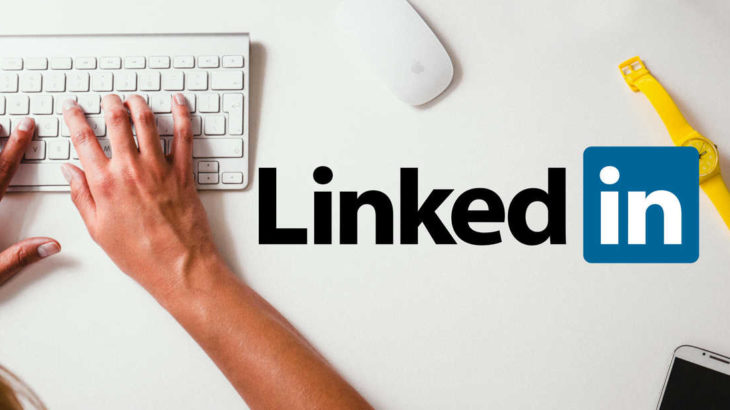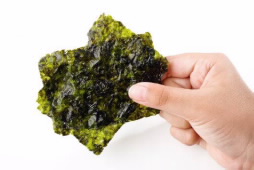By: Sebastian Leung
Technology is evolving ever so quickly, and with these changes the way we go about our lives is never the same. The same goes for the business and career world. With so many technological developments, the way we do business is changing rapidly as well. One of these big changes is LinkedIn. Gone are the days when people searched the yellow pages, searching for “help wanted” signs or checking the classifieds.. LinkedIn has simplified that process by providing a home for your resume, job search, professional groups, networking tools and more. Because of this seamless tool and it’s increasing popularity, it is very important to create a LinkedIn profile that will be effective in aiding our job search.

To create an effective LinkedIn profile, follow the instructions below.
Create an Attractive, Findable Profile
Creating a profile that is visually appealing and easily found by employers on LinkedIn is key. Often, people will take a quick glance at your profile and the first thing they will notice is your profile picture and the headline underneath it. A professional looking headshot is always important (even if you can’t afford a photographer!).
What to wear/Where to take the photo: Make sure you’re wearing a professional shirt or dress. Additionally, you want a simple background that is not distracting and allows your picture to shine.
Macaulay Honors College’s Career Fairs offer complimentary Linkedin Headshots.
Upcoming Fairs:
The Headline: It should also remain professional. Emojis, slang, and swear words do not belong in your headline. Many people decide to list their skills and experience in the headline. This is always a good option; however, you may also want to add a personal touch, such as some hobbies or other interests you may have to make things a bit more interesting.
Use the Given Space, Don’t List the Bare Minimum
When searching for people, the LinkedIn algorithm doesn’t search just your job title or headline. It searches your whole profile, down to the descriptions in every experience or educational history you have. LinkedIn gives you the space to describe what you’ve done at every job, at school, and even at any voluntary experiences or club activities. Use this space wisely. List your accomplishments, your projects, everything that you can’t put on your resume! You can even add links to any publications, videos, or work you may have done that you want to showcase. Regardless, make sure you take advantage of all the space LinkedIn gives you to really exhibit anything you may have done.
Your resume should typically be 1 page. Rule of thumb: For every 10 years of work experience, you get an additional page. Thus, Linkedin defies that rule by allowing you to list all experience dating as far back as high school.
Make Meaningful Connections
One of the main features LinkedIn has to offer is not only the ability for you to be discovered by employers, but the ability for you to find people you may already know, people you want to work with, or even people you don’t know at all who you simply want to learn more about! However, this doesn’t mean you should connect with anyone and everyone on the site. Connect with people you know, such as family, friends, employers, past employers, and co-workers. You can also search for people in certain industries who you may want to meet. If you’re sending a connection request to someone who you do not know, be sure to include a personalized message. Saying something along the lines of: “Hello, my name is Sarah, and I noticed you work for X company/industry and I’m interested in learning more about the company and/or industry. I’d love to ask you some questions to learn more from your perspective. Hope to hear from you soon! Best, Sarah”
Bonus Points: if they’re an alum of MHC/your CUNY home campus or you have a mutual friend/connection. People are more likely to help others from their alma mater or through a personal reference.
This is a good starter, and you can switch it up however you’d like. Remember, don’t connect with everyone – connect with people who will be meaningful connections or help benefit your career.
Tip: In your initial message, you will only have 300 characters to message them. Use the icon with three dots seen below under the name of the contact. Click Connect and it will prompt a message to Add a note. That is where you can start your conversation.

Be Active!
After you’ve set your profile up and made some connections, don’t leave your profile alone and expect job offers to come knocking at your door. Update your profile, share interesting posts (especially ones relevant to the industry you hope to work in) and look for new connections and opportunities. Employers notice when you’re an active user and if you make the effort to keep up with the latest news.
Overall, take the time and make the effort to really make a nice LinkedIn profile. Stay active, stay professional, and start your search.


















